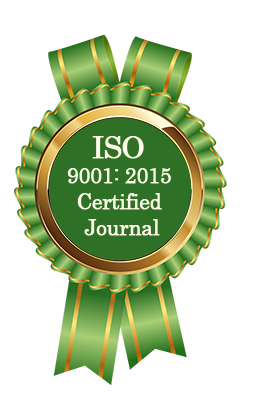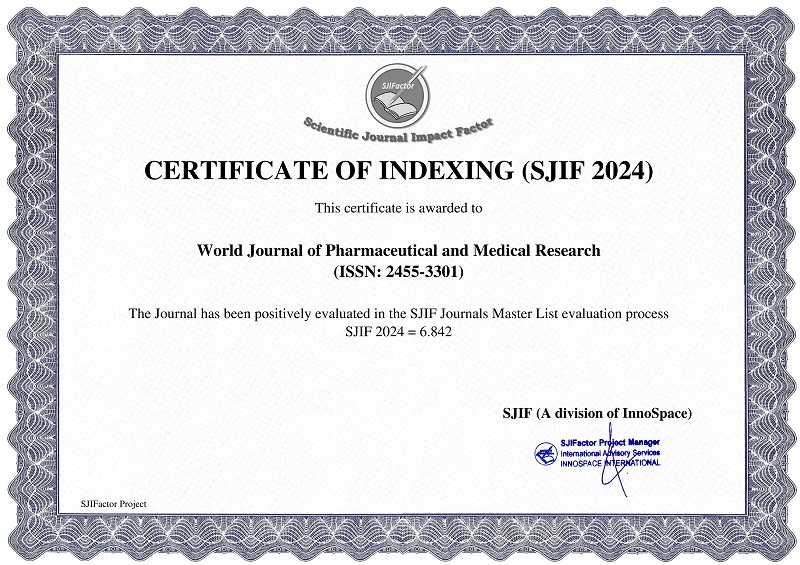FORMULATION DEVELOPMENT AND EVALUATION OF TOPICAL NANOEMULGEL OF APREMILAST
Pravin Hire*, Sheetal Gondkar and Rishikesh Bachhav
ABSTRACT
In recent years, the use of topical nano-emulgels has gained significant attention due to their enhanced patient compliance. This is largely attributed to their non-greasy texture, ease of application, favorable spreadability, and strong therapeutic and safety profiles. Nano-emulgels are particularly promising for delivering lipophilic drugs through the skin, despite facing certain formulation challenges. Among various formulations studied, the nanoemulgel incorporating nano-emulsion prepared using Tween 80 and almond oil demonstrated superior drug diffusion capabilities. The optimized nano-emulsion exhibited a zeta potential of -32.0 mV, indicating thermodynamic instability in the dispersion system. Drug content within the formulation ranged from 64% to 96%, suggesting good content uniformity across samples. When evaluated against a commercially available product in terms of in-vitro drug release, the optimized formulation (Batch F1) exhibited a controlled release profile over 24 hours, with initial drug release starting at 12 hours. The release pattern followed the Higuchi kinetic model, indicating diffusion-controlled drug delivery. An accelerated stability study conducted over a three-month period showed no significant changes in the formulation, affirming its stability. In conclusion, the Apremilast-loaded nano-emulgel demonstrates strong potential as a novel percutaneous delivery system. Its ability to provide sustained drug release makes it a promising option for the long-term management of fungal infections, while also ensuring improved stability and therapeutic efficacy.
[Full Text Article] [Download Certificate]



